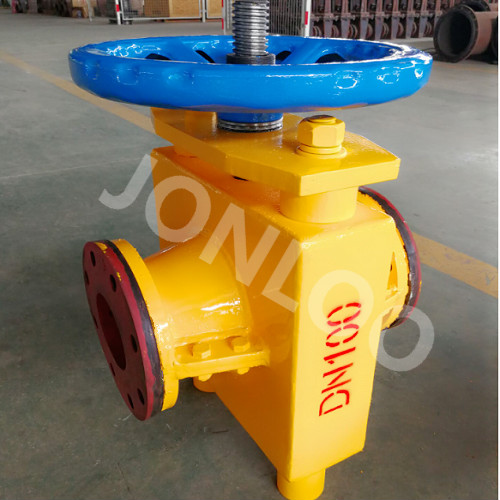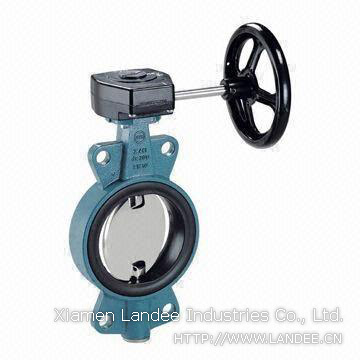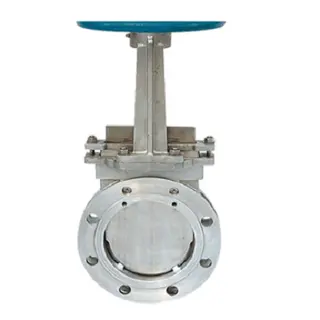Manual Slurry Knife Gate Valve, Ductile Iron GGG40, 6 Inches
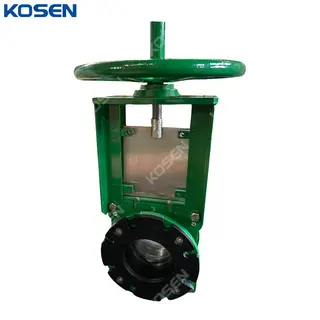
Key Specifications / Features
Detail Information
Product Name: Manual Slurry Knife Gate Valve, Bidirectional
Body Material: Ductile Iron GGG40
Size: 6 Inches, DN150
Pressure: Class 150 LB, PN20
End Connection: Flanged Ends
Operation: Manual
Temperature Range: -29°C to 120°C
The integral slurry valve is a full-bore design, with the entire valve body flow channel fully lined with wear-resistant polyurethane. This prevents the flushing medium from contacting the metal valve body, greatly extending its wear resistance and service life. With a full-diameter flow path matching the inner diameter of the pipeline, the medium flows smoothly without creating eddy currents, reducing erosion. When fully opened, the valve plate is lifted into the valve chamber, avoiding direct contact with the medium and effectively prolonging the disc's service life.
Technical Specification
» Structure: Bidirectional knife gate valve
» Nominal Diameter: NPS 2–24 Inch DN50–DN600)
» Design Pressure: PN10, PN16, Class 150 LB
» Working Pressure: 10.3 bar (150 PSI)
» Operating Pressure: 6.2 bar (90 PSI)
» Body Material: GGG40, ASTM A351 CF8, CF8M, Special Alloys, etc.
» Seat Material: EPDM (120°C), NBR (80°C)
» Flange Standard: GB/T 9113.1, JB/T 79.1, HG 20592, ASME B16.5, EN 1092-1
» Face-to-Face: MSS SP-81
» Operation: Manual, Pneumatic, Electric, Hydraulic
» Temperature Range: -29°C to 120°C
Product Features
» Self-cleaning disc: A built-in valve plate scraper inside the sleeve automatically cleans the disc surface as it moves up and down, preventing buildup, reducing switching torque, and avoiding blockages.
» Integrated elastomeric filler: Molded from wear-resistant, high-rebound rubber, the sealing filler ensures a tight fit with the stuffing box and polyurethane valve liner, delivering superior sealing, longer service life, and easier replacement.
» Self-flushing valve seat: The seat's self-flushing design prevents slurry sedimentation at the bottom, ensuring 100% zero leakage with every closure.
» Easy seat replacement: Features a removable valve seat and upper sealing structure. If the liner or upper seal becomes worn during service, components can be replaced on-site. The restored valve retains its original service life, with replacement costs only 15–20% of the entire unit.

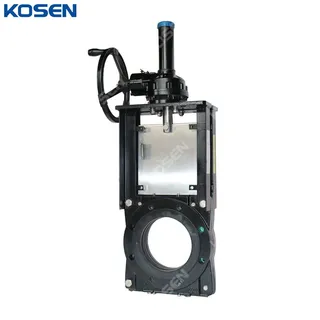
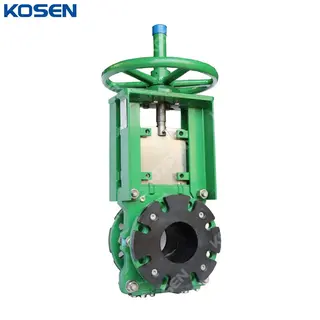
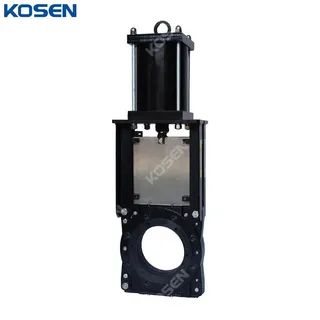

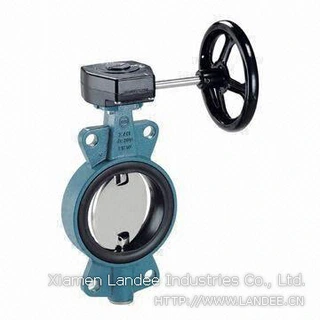
.jpg)
